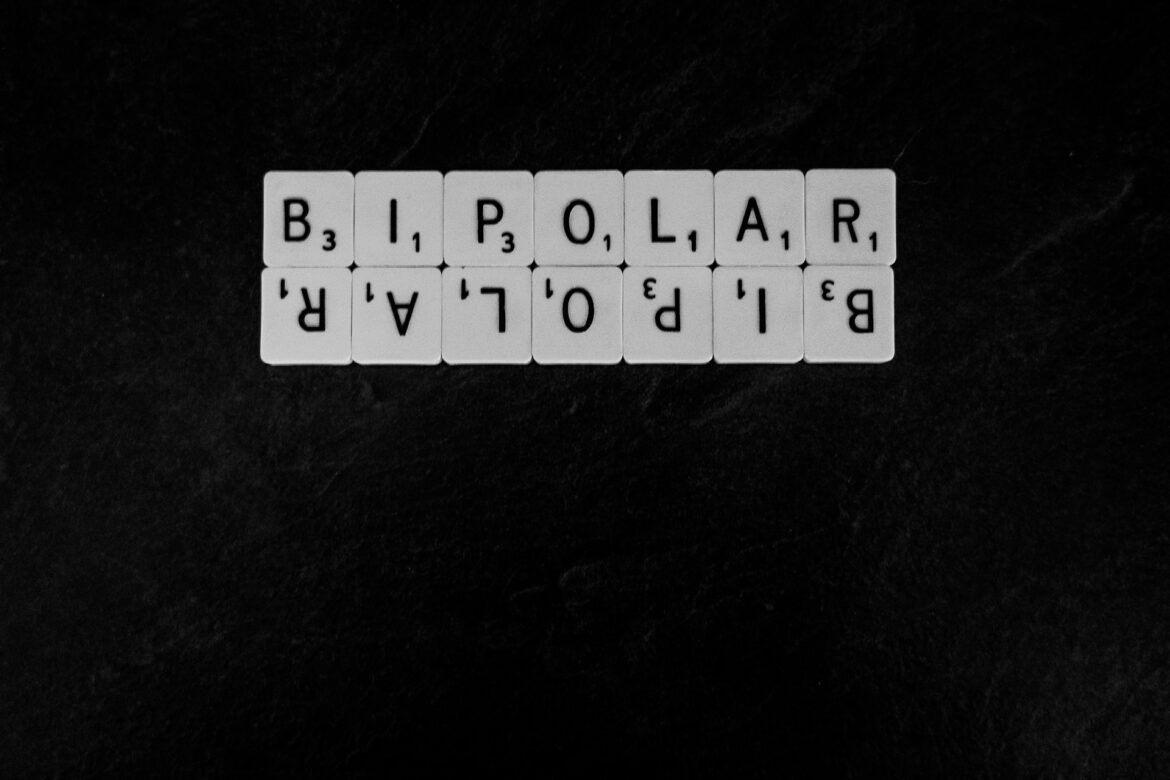Bipolar disorder is a distressingly common, yet often untreated mood disorder that affects millions of people. All of us occasionally go through periods of sadness, and perhaps periods of heightened energy and intensity as well, but this doesn’t necessarily mean we have bipolar disorder.
How can you tell for sure that you have this disorder? And how should you approach treatment for bipolar disorder?
Signs and Symptoms of Bipolar Disorder
Bipolar disorder is a type of mood disorder characterized by major shifts between different moods. Most notably, people with bipolar disorder routinely and cyclically experience episodes of mania and depression.
An episode of mania typically includes a highly elevated mood. People experiencing mania are prone to high energy, impulsivity, and a state of agitation. They may find it hard to sleep, they may feel tempted to engage in high-risk activities, and they may find it harder to control their behaviors.
An episode of depression typically includes a very low mood. People experiencing depression are prone to low energy, lethargy, and a state of detachment or disinterest. They may find it hard to find joy or engage in typically fun activities, and they may even struggle with basic tasks and responsibilities like going to work or bathing.
Each episode of mania or depression varies in length from a few days to several weeks, depending on the individual. Also, because bipolar disorder presents differently in different people, these episodes come in many different forms and are associated with a wide range of different potential behaviors. For some people, symptoms are mild enough to have only a minimal impact on daily life. For others, symptoms are extreme, disruptive, and hard to miss.
Types of Bipolar Disorder
There are three major types of bipolar disorder:
Bipolar I
Bipolar I disorder is characterized by at least one manic episode and, in many cases, relatively long periods of stable mood before entering a manic or depressive phase.
Bipolar II
Bipolar II disorder is characterized by at least one major depressive period (lasting at least 2 weeks) as well as at least one hypomanic period that lasts at least a few days.
Cyclothymia
Cyclothymia is a milder form of bipolar disorder characterized by mild symptoms of hypomania and depression – but with insufficient symptoms to diagnose a full episode of hypomania or depression.
Normal vs. Problematic Behaviors
While reading the above description of signs and symptoms of bipolar disorder, you may have resonated with one or more points. This does indicate that bipolar disorder is a possibility, but it’s important to recognize that many symptoms of bipolar disorder are exaggerated versions of characteristics and mood fluctuations that we all experience routinely.
For example, it’s perfectly normal to feel sad sometimes. It’s perfectly normal to dread going to work sometimes. It’s also perfectly normal to get excited sometimes or engage in slightly more reckless behaviors than usual.
In bipolar disorder, these fluctuations are more noticeable, less rational, and more disruptive to your daily life. If your symptoms are impacting your relationships, your job, or your overall happiness, it’s important to take action.
If you’re not sure where you fall, consider the following questions:
How frequently do you notice your symptoms?
How often do you notice your symptoms? A single episode of depression in your life is probably not grounds for diagnosing bipolar disorder. But if you notice mood change episodes several times a year, it could be an indication of bipolar disorder.
When do you notice your symptoms?
It’s normal to feel a bit depressed after a loved one dies. It’s normal to feel a bit energized after getting some excellent news about your life or career. But if you notice major mood changes with no appropriate stimulus, it could be a sign that something else is going on.
How extreme are your symptoms?
Everyone has good moods and bad moods, but not everyone experiences moods so low they can barely get out of bed. If your symptoms are far more extreme than the average person’s, it should motivate you to find professional help.
What impact have your symptoms had on your everyday life?
You also need to think about how your symptoms have affected your life. The obvious example here is the impact on others; if you’ve lost relationships, friendships, or jobs because of behaviors associated with your mood shifts, it’s a sign you should take action. However, it’s also important to seek treatment if your symptoms are harmful to your own sense of well-being and autonomy.
And, of course, if you even remotely suspect you have bipolar disorder, it’s a good idea to talk to a trained professional for an accurate diagnosis.
Treatment Options for Bipolar Disorder
So what treatment options are available for people struggling with bipolar disorder?
Medications
For some, medications designed to stabilize mood can be highly effective.
Psychotherapy
Psychotherapy is an even better option for many people. Cognitive behavioral therapy, psychoeducation, and social rhythm therapy are just a few of the available approaches.
Alternative therapies/treatments
Other treatment options have been proposed as well, with mixed results and evidence; electroconvulsive therapy, acupuncture, and various nutritional supplements are examples.
Bipolar disorder can be disruptive and frustrating, but it doesn’t have to take over your life. If you’re currently struggling with symptoms of bipolar disorder, you should talk to a therapist as soon as possible to evaluate your treatment options.
Related Posts












